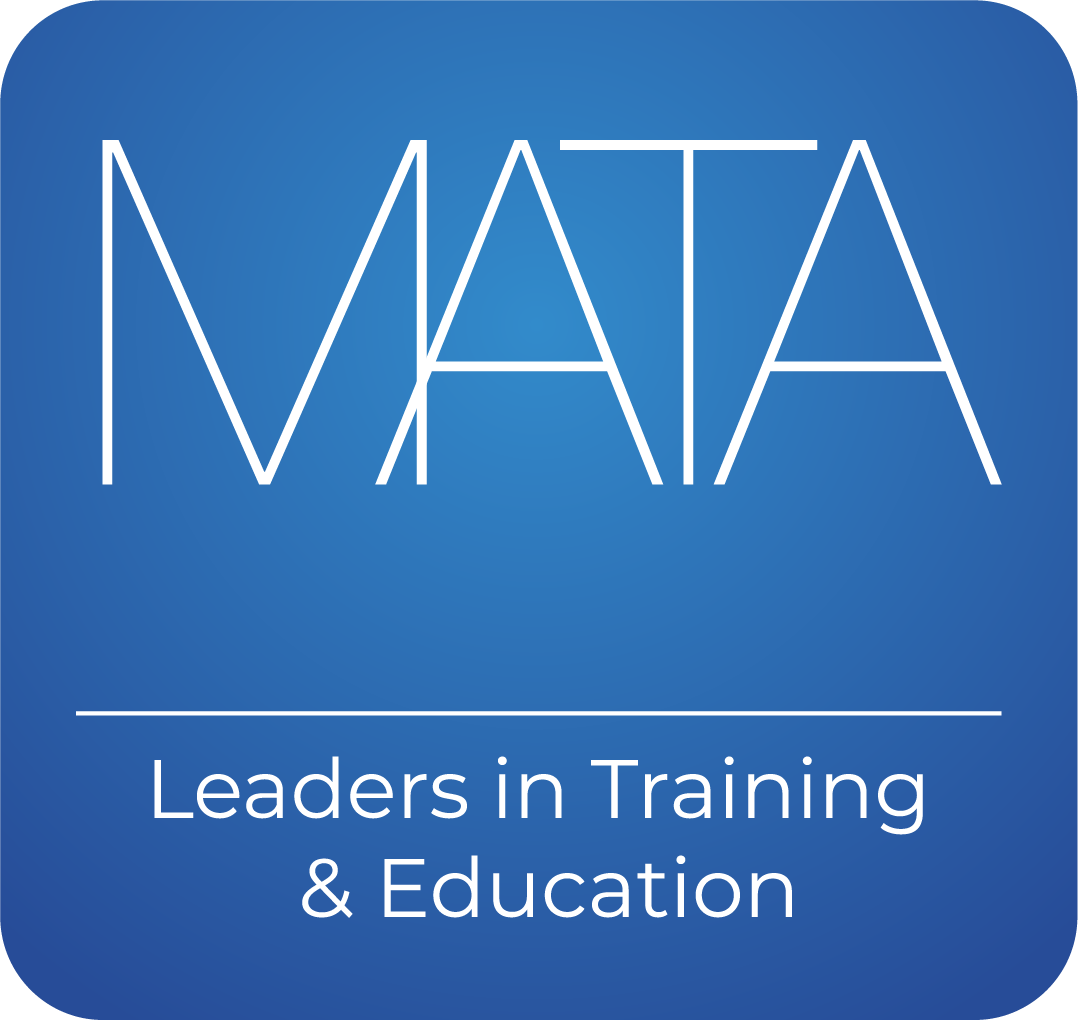
Introduction
The ever-evolving landscape of healthcare is a testament to the progress of modern science, influenced by constant innovations, societal preferences, and the dynamic needs of patients. One of the most transformative sectors that have emerged in recent times within healthcare is aesthetic medicine, bringing forth new opportunities for growth and diversification of skills. For professionals, particularly those within nursing, aesthetics offers an exciting realm of possibilities, enabling a unique blend of healthcare and aesthetic satisfaction for patients.
In the UK, the past decade has witnessed an exponential increase in the demand for aesthetic procedures. Cosmetic treatments, previously dominated by surgical interventions, have seen a shift towards minimally invasive or non-surgical procedures. This trend has been fuelled by several factors, such as the influence of social media, the quest for ‘self-improvement’, and the accessibility and affordability of treatments. As per the British Association of Aesthetic Plastic Surgeons (BAAPS), there’s been a dramatic rise in non-surgical procedures, with botulinum toxin procedures (Botox) topping the list.
While surgical procedures may offer more permanent solutions, the appeal of non-surgical procedures lies in their simplicity, affordability, minimal recovery time, and the ability to offer natural-looking enhancements. Procedures such as Botox and dermal fillers have been at the forefront of this revolution, offering individuals a chance to smooth out wrinkles or enhance facial features with minimal downtime. These treatments, owing to their less invasive nature, often fall into the hands of various professionals, including dermatologists, plastic surgeons, and registered nurses, amongst others.
The increase in demand for aesthetic procedures has catalysed the growth of a thriving industry. According to a report by the British College of Aesthetic Medicine (BCAM), the UK aesthetic market is expected to reach £6.2 billion by 2025. This growth is driving a need for qualified practitioners who can deliver high-quality treatments. In response to this demand, the aesthetic medicine industry offers a lucrative and satisfying career path for those in healthcare professions, particularly nurses, who wish to diversify their skills and cater to this growing patient population.
Nurses possess a set of critical skills – compassion, efficient communication, dexterity, and patient care – all of which are transferable and highly valuable within the field of aesthetics. In the aesthetic sector, these skills can be honed and directed towards enhancing an individual’s self-esteem and body image, thereby improving overall wellbeing. However, the transition from traditional nursing to aesthetic medicine is not an immediate one; it requires a solid foundation in the core principles of aesthetics, familiarity with aesthetic products, and confidence in performing aesthetic procedures.
This is where specialist training plays a pivotal role. By equipping nurses with the requisite skills and knowledge, aesthetic training programmes help ensure that they can provide safe and effective treatments, meeting the industry’s high standards and the expectations of patients. As the creators of the Level 7 Diploma in Facial Aesthetics, the Medical and Aesthetic Training Academy (MATA) has been a pioneer in this respect, providing an educational pathway for nurses aspiring to make this career transition.
The Journey to Aesthetic Nursing
To guide this professional transition and ensure the provision of safe and effective aesthetic treatments, the Medical and Aesthetic Training Academy (MATA) offers the Level 7 Diploma in Facial Aesthetics. This comprehensive training programme, led by experienced plastic surgeons and specialists in aesthetics, stands as the gold standard in the UK for nurses looking to venture into aesthetic medicine.
The Level 7 Diploma in Facial Aesthetics stands on three core pillars, each designed to impart a robust understanding of the aesthetic industry, the science behind common procedures, and the practical skills to deliver effective treatments:
Clinical Knowledge: The online study component of the course covers seven comprehensive units, each accompanied by a short quiz. These units delve into the theoretical knowledge underlying aesthetic medicine, such as anatomy, skin ageing, patient assessment, and managing complications. In addition, students are expected to complete 40 short answer questions and three essays, reinforcing their understanding and allowing for any areas of uncertainty to be clarified.
Practical Training: Complementing the theoretical knowledge, the diploma also involves six practical training days. The first two days offer a foundation in Botox and Dermal Fillers, teaching nurses how to perform common treatments like smoothing out Crow’s Feet, Forehead Lines, Frown Lines, enhancing Lips, Cheeks, and addressing Marionette Lines. The following two days advance this training, covering treatments such as Bruxism and Hyperhidrosis via Botox, and addressing aesthetic concerns like Tear Trough, Jaw contouring, Temples, Nasolabial Lines, and Chin reshaping with Dermal Fillers. These hands-on training sessions offer delegates a safe and controlled environment to develop their technical skills under expert supervision.
Mentorship: Two mentorship days are incorporated into the programme to cement the learning experience. One day focuses on foundational treatments and the other on advanced treatments. These mentorship days provide an invaluable opportunity for nurses to become more experienced practitioners, learn their technique, and ask any questions they may have.
Each step in the training journey is designed to build on the previous, gradually guiding nurses from a strong foundational knowledge of aesthetic principles to a thorough practical understanding of aesthetic procedures. As students progress, they complete a logbook detailing their observed and performed treatments – a record of their practical experience that stands testament to their journey into aesthetic nursing.
Transitioning from nursing to aesthetic medicine is more than just acquiring a new set of skills. It’s about adapting to a new way of patient interaction, where the focus is on enhancing an individual’s confidence and self-image through aesthetic improvements. In this patient-centric field, nurses can truly leverage their strengths in communication, empathy, and patient care.
Through this comprehensive pathway, MATA’s Level 7 Diploma in Facial Aesthetics provides a well-rounded preparation for nurses seeking to make their mark in aesthetic medicine, ensuring that they step into their new roles as aesthetic nurses with confidence, competence, and a thorough understanding of their practice.
Benefits of Transitioning from Nursing to Aesthetic Medicine
Embarking on a journey from traditional nursing to aesthetic medicine with MATA’s Level 7 Diploma in Facial Aesthetics has distinct benefits that extend beyond the acquisition of new skills and knowledge. The field of aesthetic medicine offers opportunities for personal growth, improved work-life balance, and enhanced patient interaction that can be particularly appealing to nurses.
1. Autonomy and Entrepreneurship: Unlike traditional nursing roles, aesthetic medicine often allows for greater autonomy. Many aesthetic nurses choose to become self-employed or start their own practice, making critical business and clinical decisions. This pathway enables nurses to apply their medical knowledge in a new context while developing entrepreneurship skills. This transition can be empowering and professionally rewarding.
2. Work-Life Balance: Aesthetic medicine also tends to offer greater flexibility than traditional nursing roles, where shift work can be unpredictable and exhausting. With more control over their schedules, aesthetic nurses often achieve a healthier work-life balance, allowing them more quality time with their families and for themselves.
3. Financial Rewards: The field of aesthetic medicine can be financially rewarding, with potential earnings significantly higher than traditional nursing roles. Coupled with the autonomy of potentially owning a practice, aesthetic nurses can steer their financial future and achieve their personal and financial goals.
4. Patient Relationships: Aesthetic medicine also offers a different type of patient relationship. In contrast to traditional nursing, where patient interaction can be brief and often in periods of distress, aesthetic medicine allows for ongoing patient relationships. Treatments typically involve multiple visits, providing an opportunity for nurses to build rapport, trust, and help their patients feel better about themselves.
5. Continued Professional Development: The aesthetic field is constantly evolving, with new treatments, techniques, and products regularly entering the market. This means continual learning and professional development, which can be highly satisfying for those with a passion for their craft.
6. Use of Previous Skills: Even as they learn new procedures and techniques, aesthetic nurses continue to use many of the skills that they developed in their previous roles. These include patient assessment, administration of injections, management of side effects and complications, and patient aftercare.
To leverage these benefits, nurses need a comprehensive, high-quality education in aesthetic medicine. MATA’s Level 7 Diploma in Facial Aesthetics is designed to provide this education. The programme combines online study, practical training, and mentorship to prepare nurses for the unique challenges and rewards of a career in aesthetic medicine.
The Journey with MATA’s Level 7 Diploma in Facial Aesthetics
The journey towards becoming a certified aesthetic nurse with MATA’s Level 7 Diploma in Facial Aesthetics comprises a thoughtful blend of comprehensive practical training, mentorship, and self-paced online learning. This transformative path is designed to empower nurses to thrive in their new careers, combining their pre-existing medical expertise with new, specialised aesthetic skills.
The transition from nursing to aesthetic medicine with MATA’s Level 7 Diploma in Facial Aesthetics is indeed a rigorous one. However, the intensity and comprehensiveness of the course ensure that delegates emerge as confident, capable, and highly skilled aesthetic practitioners. With the backing of MATA, their journey into aesthetic medicine is a transformative and fulfilling endeavour that enriches their careers and the lives of their patients.

